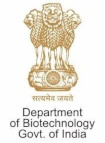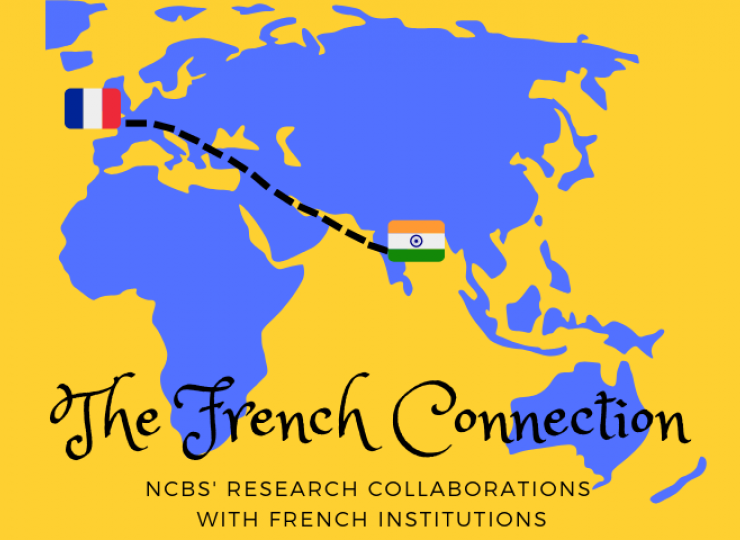Autism spectrum disorder (ASD) or Autism as it is commonly called, is a major cause of developmental delay that is usually diagnosed in children between 6 months to 5 years age. The condition mainly shows up as an impairment of language, social interaction and non-verbal behaviour, not the least compulsive interests that a child insists on engaging with to the exclusion of everything else. Intellectual disability (ID) also occurs in many children with ASD and usually determines how well the child will respond to behavioural therapy and special education. In some cases, epilepsy, aggression, and attention deficit issues can also occur which are usually managed by medication. ASD and ID are both global problems and incidence rates vary from country to country depending upon diagnostic penetrance. In a report featured in Spectrum, it is estimated that roughly 23 of every 10,000 children in India have autism, according to the first rigorous estimate of the country's autism prevalence. Also, work of Arora et al mentions that one in 100 children under age of 10 years are at risk of neurodevelopmental delay in our country.
Over the past 20 years, studies across the world have shown that ASD has a significant genetic connection with the new mutations occurring in ASD children that aren’t prevalent in their parents. However, there are separate set of mutations that do get transmitted from parents which interact with the new mutations in the affected child. While these subtle genetic mutations don’t impact the parents, it can considerably aggravate symptoms or change the drug response in the ASD child. This second class of mutations haven’t been studied well at all. In the new collaborative study led by Dr. Aditi Bhattacharya of the DBT-funded Centre for Neurodevelopmental Synaptopathies (CNS) at inStem and NCBS, the first report of such an inherited mutation has been demonstrated.
Scientists at inStem, along with their collaborators from the Center for Neural Science, New York University, and Cold Spring Harbor Laboratories, United States of America focused on finding such inherited mutations in an enzyme/protein called p70 ribosomal S6 Kinase 1 (S6K1), which is an important regulator of protein synthesis in the body. S6K1 is present throughout our body and has been found to be essential for learning and memory as well as the functioning of the vital organs like heart and pancreas, and muscles. Further, several drug candidates are being explored for S6K1 for the treatment of diseases like cancer, diabetes, and neurology.
The nine member team led by Dr. Bhattacharya, mined the best curated Autism databases of Simon Simplex Collection, AGRE and SPARK to find out the inherited mutations in such ASD children with regards to S6K1. After an intensive research, the team identified a novel mutation in S6K1 that occurs in some simplex families with children diagnosed with ASD. They also found that when this mutation occurs in an ASD child, co-incident impairments in certain cognitive abilities are also present. Interestingly, the same mutation does not impact the parents of an ASD child or their siblings. Their study was recently published in ‘Neurobiology of Learning and Memory’.

Figure: Graphic representation of inherited mutations in S6 Kinase 1 from parents and its impact
“Timely protein synthesis is a key requirement for proper brain development and functioning as new proteins are made ‘on demand’ when we encode a memory or learn a new skill,” says Aditi. The scientists carried out a series of biochemical tests in three different kinds of cells to uncover how such novel mutations result in a hyperactive S6k1 enzyme that can potentially result in increased protein synthesis across the board and change the functioning of developing neurons of brain. The team also found that the mutant protein could not be targeted by one small molecule blocker which has important implications for patient specific responses for future clinical trials targeting S6k1.
Aditi, the principal investigator of this research work says, “We have questioned intensively whether subtle mutations can add up to change w.r.t. how severe the ASD symptoms can be in a child and this may directly determine how well they respond to a diagnostic therapy.” It would be worth mentioning that Aditi’s path-breaking work provides the first characterization of naturally occurring human S6K1 variants on cognitive phenotype, neuronal morphology and maturation, underscoring again the importance of translation control in neural development and plasticity.
In an interview to Hindustan Times, Aditi further mentions that their research showed S6k1 mutation changed the course of normal neural development when expressed in stem cell line and also changed the structure of cultured neurons, which would likely also change its memory forming capacity. This is in particular interesting considering the fact that ASD is a problem associated with brain development. Since this mutation is estimated to be present at the rate of three in 10,000, it adds up to a significant population globally. Their scope of research work in near future would be to test how this altered S6k1 would change function of other cells in the body like that of pancreatic, cardiac, and skeletal muscle cells.
Interestingly, scientists not involved in this particular research also stated this study to be the first of its kind to characterise the human S6K1 protein variant on cognitive functions.
“Until now, we didn’t know if the function of a particular variant of S6K1 exists in healthy condition. Studies have hinted on the critical role of S6K1 in learning and memory, and pharmacological inhibition of the same in a disease model ameliorated the symptoms,” said James Premadoss Clement, assistant professor, neuroscience unit, Jawaharlal Nehru Center for Advanced Scientific Research, Bengaluru, who was not involved in the study. “The authors have focused on understanding the impact of a particular variant, RPS6KB1, on learning and memory and other cognitive functions in normal as well as diseased conditions.”
While autism is usually considered to be limited to developed world health crisis, India is not far behind. In India, more than two million are estimated to be affected by ASD with a prevalence of 8.3 per 10,000 children, between the ages of 3-12 years. Despite the fact that the signs show up as early as six months, diagnosis in India usually takes place when the child is 3-5 years old, when most missed milestones of development are noticed. “We are hoping that this will contribute to change for the betterment of society in addressing ASD and helping out parents of such specially-abled children in future.” The team also believes that this work is an early evidence that inherited mutations in neurological conditions may be a good place to look for mapping variations in symptoms of diseases and responses to their clinical treatment.
Reference:
N-terminal variant Asp14 Asn of the human p70 S6 Kinase 1 enhances translational signaling causing different effects in developing and mature neuronal cells
Janani Priya Venkatasubramani, Prakash Subramanyam, Rakhi Pal, Bharath K.Reddy, Durga Jeyalakshmi Srinivasan, Sumantra Chattarji, Ivan Iossifov, Eric Klann, Aditi Bhattacharya, May 2020, Neurobiology of Learning and Memory
https://www.sciencedirect.com/science/article/abs/pii/S1074742720300472?via%3Dihub
Publication Date: May 2020
Media Coverage:
The Hindustan Times, Mar 26, 2020










